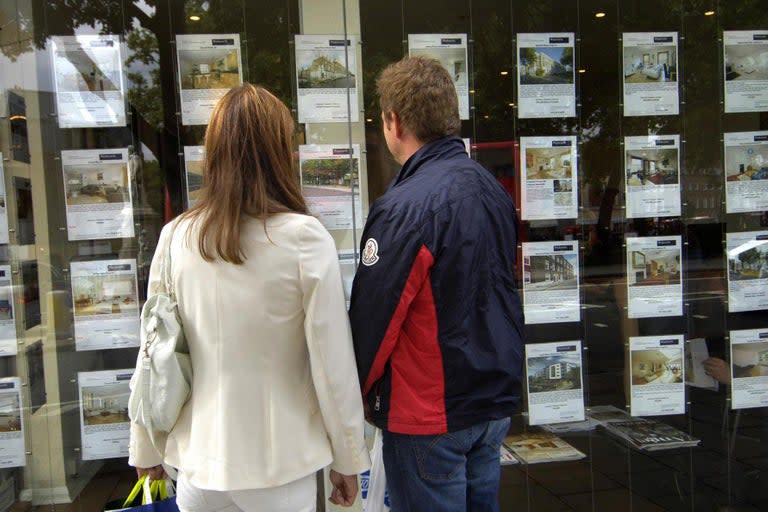London house prices fall: Property slump accelerates with biggest drop for a decade
The London property slump has dramatically accelerated with prices falling at their fastest rate in almost a decade, official figures reveal today.
The average price of a home in the capital dropped 4.4 per cent to £457,471 in the year to May, the steepest rate of decline since August 2009 when the market was still reeling from the devastating impact of the financial crisis.
The latest “punishing” downward lurch means that more than £21,000 was wiped from the value of the average London home over the 12 month period, according to the data from the Land Registry.
It was the 15th consecutive month of year on year falls and means that the market is now 6.4 per cent below the peak it reached in August 2017.
The data shows that May was a particularly grim month with prices tumbling 2.5 per cent, the biggest monthly fall since the 3.15 per cent recorded in May 2011.
Experts said the figures recorded at the Land Registry reflected deals agreed several months earlier when the brutal Parliamentary battles over Brexit shattered any lingering confidence in the property market.
Some boroughs saw huge annual falls in prices with Barnet down 9.6 per cent, the City of London lower by 8.3 per cent and Southwark falling 5.8 per cent.
Although the correction is not yet on the scale of the full scale routs seen in the early Nineties, and more briefly during the financial crisis, it will alarm recent buyers who fear they may have clambered on the property market at the worst possible time.
But a return to a buyers’ market will encourage young renters who thought they would never be able to afford to own a home in the capital.
Jonathan Hopper, managing director of property buying agency Garrington Property Finders, said: “Such a punishing drop in London house prices is a reminder that the capital’s correction is still underway. Above all, it suggests the modest slide in the year to April, rather than the breathtaking fall that followed it, may have been the blip.
“The scale of London’s fall – the largest seen since the recessionary plunge of almost a decade ago – is also a reminder of the definitive shift in the dynamic in the capital.
“Buyers are now setting the tempo, dictating terms in price negotiations and frequently able to secure additional discounts on properties that are already reduced.”
Some City economists warned that that the market could take another significant lurch downwards if Britain exits the European Union without a deal in the autumn.
Howard Archer, chief economic advisor to forecasters the EY ITEM Club said:”A shortage of properties on the market and very low interest rates should continue to provide some support to house prices.
“Should the UK leave the EU with a deal at the end of October, we believe reduced uncertainty and modestly improved economic activity could see house prices rise by around 2 per cent over 2020
“But if the UK ultimately leaves the EU without a deal - be it on 31 October or some other time - we believe house prices could quickly drop around 5 per cent amid heightened uncertainty and weakened economic activity.”
The London market has flatlined for half a decade with tax changes, fewer foreign buyers, more cautious mortgage lending and the massive uncertainty over Brexit all contributing to the slowdown.
Today’s figures also show that the number of sales is still in decline with just 5,947 recorded across the capital in March, the most recent month for which data is available. This was down from 7,350 a year previously.

 Yahoo News
Yahoo News 

